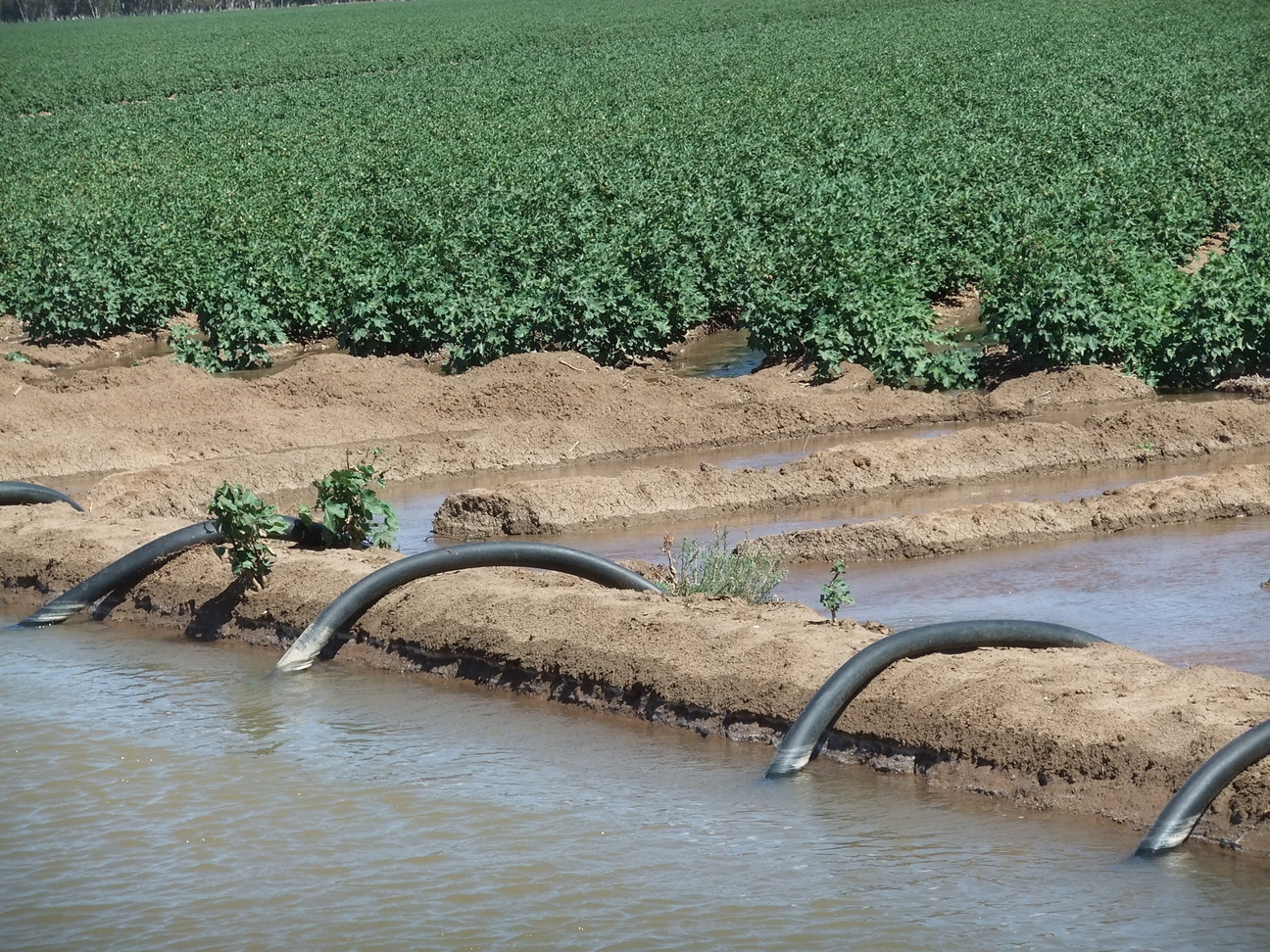
While most agricultural stakeholders are touting irrigation as the best way of bringing more land under cultivation, a report in the National Centre for Biotechnology Information shows that at least a third of global arable land, an equivalent of 10m hectares has been rendered useless due to soil salinity, caused by over-irrigation.
The report further warns that the rapid global climate change, which has seen sea waters sweep the mainland in some countries, is going to worsen the situation, destroying more arable land and threatening global food production. According to the report, saline soils have more than 4ds/m at 25 degrees centigrade and contain high sodium and chlorides.
This revelation might lead the Kenyan government to tread cautiously as it launches various irrigation projects in a bid to reclaim more land for agricultural production. This is in consideration of the fact that 80 per cent of the country’s land is arid or semi-arid and depends on water bodies or aquifers for irrigation.
An example of governmental effort to groom arid land for crop production through irrigation is the 1m acre Galana-Kulalu irrigation scheme on the Kenyan coast.
Related News: Partial Root-Zone Drying irrigation enables potato farmers halve water usage
Related News: Kirinyaga sweet potato farmers resort to irrigation to maintain yields
In spite of conducting a production analysis worth Sh1b, and a contract awarded to Green Arava, an Israeli company, the 500-acre maize farm only managed to produce 10, 90kg, bags of maize per acre against the projected 3600kg per acre. 16 suitable maize varieties were used on the farm, according to Richard Lesiyampe, Acting PS, Water, and Irrigation, but the people involved lacked a definite answer for the low production.
Dr. GM. Mailu of the National Council of Science and Technology thinks that poor quality water was used for irrigation hence affecting the production. He explains that the area being near the Indian Ocean is characterized by salty water, and the quality of water used for irrigation should be keenly analyzed. He explained that most sea and groundwater in Kenya has high contents of sodium and chlorides which when used directly for irrigation cause soil salinity. He listed the spotty growth of crops and the presence of white crusts on the soil surface as key indicators of soil salinity.
In a study, he conducted in collaboration with KALRO, dubbed ‘the impact of groundwater quality on irrigation in Wajir, 64 per cent of 116 boreholes water sampled had high sodium and chloride contents, hence unsuitable for irrigation. Samples from the Lorian swamp also indicated high alkalinity. The research recommended an intensive analysis of the water meant for irrigation in the region.
Even as soil salinity is threatening global food production, innovators are constantly developing technologies to counter it. SGS, a global agricultural integrated service provider with an office in Kenya is for instance reclaiming saline soils through leaching, a process involving pondering fresh water on the soil surface and allowing it to infiltrate. This process is said to have almost 80 per cent success in dealing with soil salinity.
Related News: Drip irrigation allows farmers save 50% in water costs
The company has also developed a precise soil tool for testing, and mapping using GIS. The company tailors the GPS-aided tool to the farmer’s operation to test for soil salinity and send the response to the farmer’s smart or android phone. Other salinization control mechanism provided by various companies across the globe to mitigate the loss of arable land includes genetic engineering, scrapping, and flushing.
The NCBI study however recommends extensive studies by global agricultural stakeholders to come up with more effective and practical ways of dealing with soil salinity. It however did not rule out environmental conservation to curb the impacts of climate change which is the primary cause of soil salinity.
















Comments powered by CComment